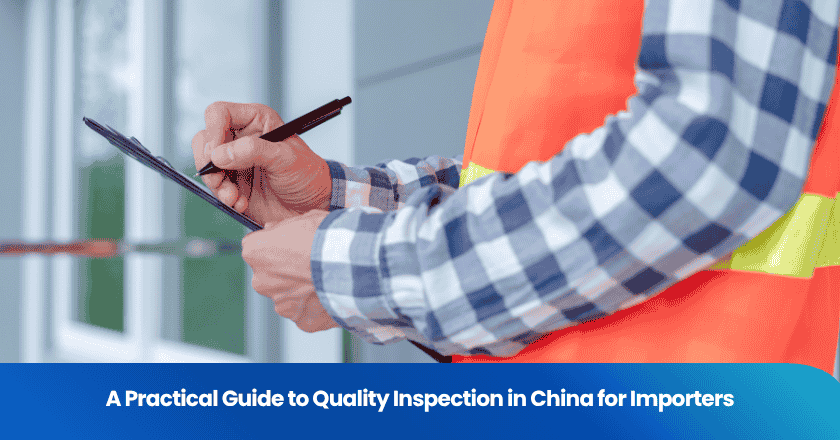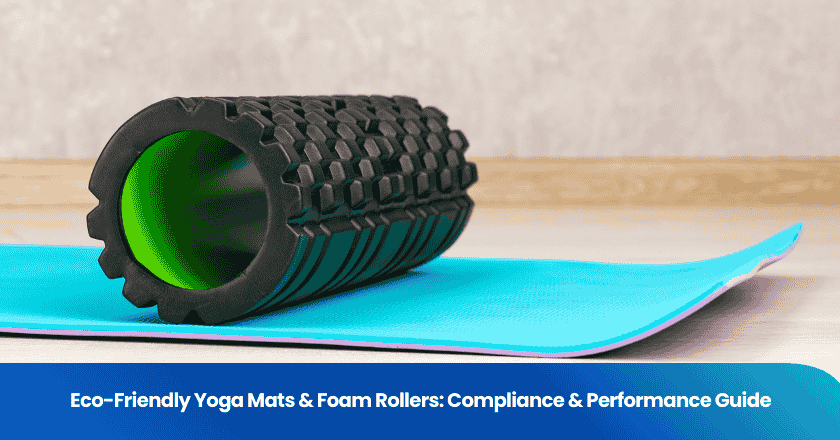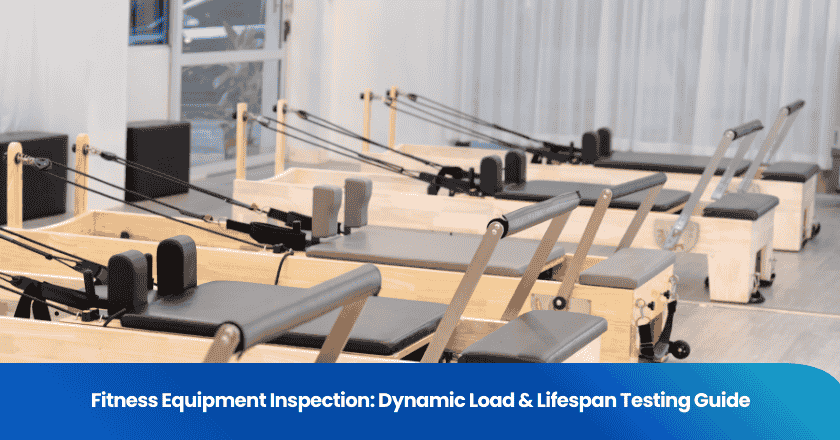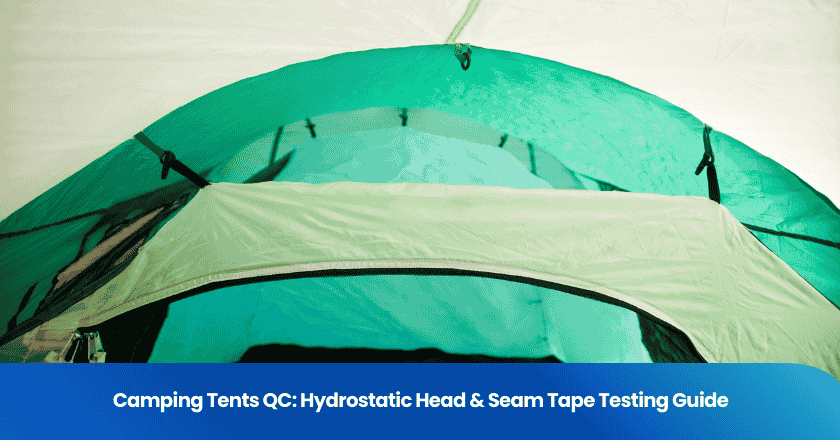
When you import products from china, you need to ensure that every shipment meets your standards. Quality inspection china involves a series of checks at different stages of production in china. You set clear requirements, review compliance, and confirm that your supplier in china follows your instructions. This step-by-step approach helps you prevent costly mistakes and build trust with your partners.
Key Takeaways
l Set clear product specifications before ordering to avoid misunderstandings and guide quality checks.
l Evaluate suppliers and factories carefully to ensure they can meet your quality and production needs.
l Perform inspections at every stage: before production, during production, and before shipment to catch issues early.
l Review packaging and compliance testing to protect products and meet regulations for smooth delivery.
l Maintain open communication and use third-party inspectors to build trust and ensure unbiased quality control.
Step-by-Step Guide
Product Specs
You set the foundation for successful quality control by defining clear product specifications. Start your step-by-step guide by listing every detail that matters for your product. Include dimensions, materials, color, finish, and packaging requirements. Reliable suppliers in China expect you to provide this information up front. When you clarify your standards, you make the quality check in manufacturing much easier. This process helps you avoid misunderstandings and ensures that your supplier and factory selection aligns with your needs. Always request documentation and certifications that prove your requirements can be met.
Tip: Create a checklist for your product specs. This checklist will guide your inspection and quality control assessment at every stage.
Supplier Audit
Before you place an order, you need to conduct a thorough supplier evaluation. Reliable suppliers in China should welcome audits. Use pre-audit preparation to gather information about the company’s background, previous clients, and certifications. Visit the facility if possible. During the audit, focus on quality systems, staff training, and production processes. Reliable suppliers will show you their quality control procedures and share records of past inspections. This step helps you confirm that your partner can deliver consistent quality.
Key points for supplier evaluation:
l Review certifications and compliance records.
l Check for a documented quality control process.
l Assess the supplier’s willingness to cooperate.
China Factory Evaluation
A china factory evaluation gives you insight into production capacity and reliability. Reliable suppliers must demonstrate that they can handle your order volume and meet deadlines. Production capacity evaluation includes checking machinery, workforce size, and workflow organization. You should also review how the factory manages quality check in manufacturing. Reliable suppliers in China will have clear procedures for inspection and quality control. This process ensures that your products meet your standards before shipping.
Note: A structured approach to supplier and factory selection reduces risk and builds long-term partnerships.
Quality Inspection China
Pre-Production
You start your quality inspection china journey with a strong pre-production phase. This stage sets the tone for the entire process. You conduct an initial production check to verify raw materials, components, and supplier readiness. You review certifications to confirm that your supplier meets industry standards. You use an initial on-site inspection to assess the factory’s preparation and ensure that your quality control requirements are understood. This step helps you catch potential issues before production begins. You establish clear communication with your supplier in china and share your product specifications. You also confirm that the supplier’s quality assurance systems align with your expectations. This early focus on quality reduces the risk of defects and delays.
In-Process Checks
During production, you perform inspections to monitor progress and maintain quality. You use during production inspection to evaluate samples from the production line. You check for consistency, workmanship, and adherence to your standards. On-site inspections allow you to address problems as they arise. You review process controls and verify that the factory follows your quality check in manufacturing plan. You also confirm that certifications remain valid throughout production. These inspections help you identify and resolve issues early, which supports continuous quality assurance. You document findings and communicate feedback to your supplier. This approach ensures that you receive high-quality products at the end of the process.
Tip: Schedule regular on-site inspections during production to maintain control over quality and avoid surprises later.
Pre-Shipment Inspection
Before your goods leave china, you conduct pre-shipment inspections. This stage is critical for quality assurance. You use Acceptable Quality Limit (AQL) standards to determine sample sizes and defect thresholds. You perform a final product audit to confirm that the shipment matches your specifications. You check for defects, verify quantities, and review packaging. Pre-shipment inspections give you confidence that your products meet your quality control requirements. You also review certifications and compliance documents to ensure that your shipment is ready for export. This process protects you from costly returns and dissatisfied customers.
Packaging Review
You cannot overlook packaging when you focus on quality inspection china. Proper packaging protects your products during transit and storage. You review packaging materials, labeling, and markings. You check that packaging meets your requirements and complies with destination country regulations. On-site inspections help you verify that packaging matches your quality check in manufacturing plan. You also confirm that certifications for packaging materials are in place. This step ensures that your high-quality products arrive safely and in perfect condition.
Compliance Testing
Compliance testing forms a vital part of quality assurance in china. You verify that your products meet all relevant safety, environmental, and regulatory standards. You review certifications for materials, components, and finished goods. You may need laboratory tests or third-party inspections to confirm compliance. You check for required documentation, such as test reports and certificates. This process ensures that your products can enter your target market without issues. You also protect your business from legal risks and penalties. Compliance testing supports your commitment to delivering high-quality products and maintaining a strong reputation.
Note: Always keep records of certifications and inspection reports. These documents support your quality assurance efforts and simplify future audits.
| Inspection Stage | Key Activities | Quality Focus |
|---|---|---|
| Pre-Production | Initial production check, certifications, readiness | Supplier preparation |
| In-Process Checks | During production inspection, on-site inspections | Consistency, process |
| Pre-Shipment Inspection | Pre-shipment inspections, AQL, final product audits | Final quality, compliance |
| Packaging Review | Packaging materials, labeling, certifications | Protection, presentation |
| Compliance Testing | Certifications, lab tests, documentation | Regulatory compliance |
Building Trust in China
Communication
You build trust with your supplier in china by practicing clear and consistent communication. Start every project by outlining your expectations for inspection and quality. Use simple language and visual aids to avoid misunderstandings. When you discuss inspection results, focus on facts and solutions. Cultural differences can affect how you share feedback. Respect local customs and remain patient during negotiations. You should document every agreement and keep a record of all inspection discussions. This approach helps you prevent disputes and strengthens your relationship with your supplier.
Tip: Schedule regular calls or video meetings to review inspection updates and address any concerns quickly.
Third-Party Inspectors
You can increase trust in your supply chain by hiring third-party inspectors for your inspections in china. Choose inspectors with experience in your product category and knowledge of local regulations. Review their credentials and ask for sample inspection reports. Third-party inspectors provide unbiased assessments of your supplier’s quality and compliance. You should give them clear instructions and share your product specifications before each inspection. When you receive inspection results, compare them with your requirements to ensure accuracy. This process helps you maintain control over quality and reduces the risk of errors.
Handling Reports
You need to review every inspection report carefully to build trust and improve your quality control process. Start by checking the final report and recommendations for accuracy and completeness. Look for details about defects, compliance, and corrective actions. If you find issues, communicate them to your supplier and request solutions. Keep records of all inspection reports for future reference. Use these documents to track trends and make informed decisions about your supply chain. When you act on inspection findings, you show your commitment to quality and strengthen trust with your partners.
Note: Always follow up on inspection recommendations to ensure continuous improvement in your supply chain.
Quality Tips & Pitfalls
Best Practices
You can achieve high-quality products by following proven quality control strategies. Start by developing a detailed quality control checklist for every order. This checklist should cover product specifications, packaging, and compliance requirements. You should always communicate your expectations clearly to your supplier in China. Regularly schedule inspections at each stage of production. These inspections help you catch issues early and support improved product quality.
Tip: Keep all quality assurance documents and inspection reports organized. This habit makes future audits easier and helps you track progress over time.
You should also invest in training for your team. When your staff understands quality control procedures, you reduce the risk of errors. Use third-party inspectors for unbiased quality assurance. These professionals provide actionable recommendations that help you maintain high standards. Always review inspection results and follow up on corrective actions. This approach ensures you deliver high-quality products to your customers.
Common Mistakes
Many importers face problems because they overlook key steps in quality control. You might skip pre-production inspections or rely only on final checks. This mistake can lead to defects and a loss of customer trust. Some importers fail to verify supplier certifications or ignore compliance testing. These errors put your business at risk and can delay shipments.
| Mistake | Impact |
|---|---|
| Skipping in-process checks | Missed defects |
| Poor communication | Misunderstandings |
| Incomplete documentation | Weak quality assurance |
| Ignoring compliance testing | Regulatory issues |
You should avoid these pitfalls by staying proactive. Always document your quality control process and keep open communication with your suppliers. This strategy supports consistent quality and helps you build a reputation for delivering high-quality products.
You gain real results by following a structured quality inspection process in China. Each step helps you reduce risk and build trust with your suppliers. Proactive quality control shows your commitment to high standards and strengthens trust throughout your supply chain. When you act on inspection findings, you create long-term trust with your partners.
Tip: Create a custom checklist or consult a quality inspection professional to improve your process.
FAQ
What is the Acceptable Quality Limit (AQL) in China inspections?
AQL sets the maximum number of defects allowed in a sample batch. You use it to decide if a shipment meets your quality standards. Most importers choose AQL levels based on product type and risk tolerance.
How often should you schedule inspections during production?
You should schedule inspections at key stages: before production, during production, and before shipment. Regular checks help you catch problems early and maintain consistent quality.
Can you trust third-party inspectors in China?
You can trust third-party inspectors if you verify their credentials and experience. Always review sample reports and request references. Clear instructions and regular communication help ensure reliable results.
What documents should you keep after an inspection?
Keep inspection reports, compliance certificates, and communication records. These documents help you resolve disputes, track supplier performance, and prepare for future audits.
Tip: Organize your documents by order and date for easy access.
Grow your business with TradeAider Service
Click the button below to directly enter the TradeAider Service System. The simple steps from booking and payment to receiving reports are easy to operate.



